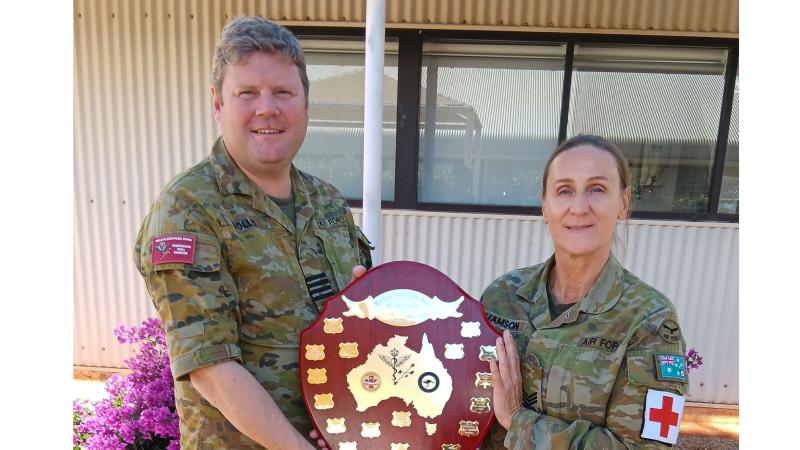The University of Tasmania is celebrating a significant milestone in Australia’s space exploration efforts after successfully receiving communication from the Australian-made Space Industry Responsive Intelligent Thermal (SpIRIT) nanosatellite.
This achievement follows the 2023 unveiling of the University of Tasmania’s state-of-the-art satellite communications antenna at Bisdee Tier, Tasmania.
This 7.3-meter antenna, funded by the Australian Space Agency, has played a crucial role in supporting space missions led by Australian research institutes and industry, including the groundbreaking SpIRIT mission.
“This collaboration is just the beginning,” said University of Tasmania Research Space Scientist Dr Guifré Molera Calvés.
“We’re witnessing a renaissance in Australian space exploration and SpIRIT’s success paves the way for a constellation of HERMES-TP/SP satellites, all reliant on our antennas.
“The University’s antennas support space missions from both low-Earth orbit to cis-lunar distances. This makes them unique worldwide.”
SpIRIT’s Principal Investigator, Professor Michele Trenti from the University of Melbourne, said the antenna’s success was another milestone for the SpIRIT mission.

“SpIRIT has the potential to contribute exciting information about the universe and we are delighted that the University of Tasmania’s antennas are receiving communication over the high-throughput S-band channel, which is crucial to support retrieval of scientific data from the satellite,” Professor Trenti said.
“The success rate of SpIRIT’s in-orbit operations and the antenna communication demonstrates the capability of space research in Australia.”
About SpIRIT
Launched in December 2023 from Vandenberg Space Force Base in California, USA, SpIRIT is a joint Australian-Italian mission led by the University of Melbourne and the Italian Space Agency, with support from the Australian Space Agency.

Developed by a consortium of Australian industry partners, the nanosatellite is a unique research mission that represents a major opportunity to elevate Australia’s profile in modern satellite operations.
The shoebox-sized satellite, weighing just 11 kilograms, was launched as part of a SpaceX mission in December 2023.
Now orbiting over 500 kilometres above Earth, the satellite’s HERMES X-ray detector is scouring the cosmos for black holes by locating the high-energy gamma ray bursts linked to them and transmitting its findings directly into Tasmania’s antennas.
These operations are a joint effort between the Osservatorio Astronomico di Trieste, University of Tasmania, Masaryk University and the University of Melbourne.








